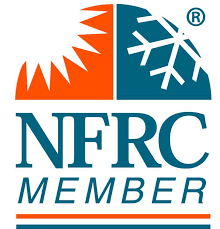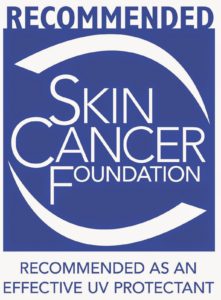Spontaneous Glass Breakage Window Film
Commercial Window Tinting Denver (CWTD) specializes in reducing the risk associated with Spontaneous Glass Breakage, also known as Nickel Sulfide Failure. This phenomenon which affects tempered glass, not annealed glass causes glass to spontaneously break without any readily apparent reason.
When glass incurs damage during the fabrication or installation process, sometimes small nicks or chips form in the edges of the glass. This damage can also occur from nails or screws used when attaching the glass to the frame. Sometimes the glass breaks immediately upon impact, but in most cases it doesn’t. As time goes by, as the glass expands and contracts microscopic cracks develop around the nick or chip leading to failure.
Glass heats (Expands) and cools (Contracts) with changes in temperature and shifts or deflects during windy conditions. Almost all modern glass is set on rubber blocks at the bottom, which creates space for expansion and contraction. The gaskets holding the glass also cushion the glass against wind buffeting. If no space is provided at the perimeter of the unit the glass will bind against the frame causing glass breakage.
The most common cause of Spontaneous Glass Breakage, though is Nickel Sulfide Inclusions also known as stones. When glass is manufactured, contaminants that contain nickel are sometimes present. When these contaminants combine with sulfur, nickel sulfide inclusions may form. Small shavings of stainless- steel containing nickel change structure over time and grow, creating intense stresses in the glass. When these stresses exceed the strength of glass breakage results. This type of breakage is almost always found in tempered glass and is indicated by a distinctive figure eight pattern with each loop of the figure eight approximately 30 millimeters in diameter. Also, tiny pieces of refractory brick can be eroded by the molten glass from the internal walls of the furnace during processing and become embedded in the finished glass. These are a different type of stone and can also break the glass when it is heated as they create thermal anomalies.
Breakage due to thermal shock is most common in large pieces of sealed, insulated glass units with heavy heat absorbing reflective coatings. The coating is usually applied to the #2 surface (inside face of outside lite). This causes the outside lite of glass to heat up more than the inside lite as the coating converts radiant heat from the sun into sensible heat. As the outer lite expands due to heating the entire unit bends outward. If the spacer bar or other edge condition connects the two lites of glass in a very rigid manner, bending stresses can develop which exceed the strength of the glass causing thermal shock glass breakage. A pane of glass that is too large or thin, having not been properly engineered for wind loads that are representative for site conditions can be broken by the wind.
Any breakage problem has more severe consequences where the glass is installed overhead or in public areas, such as high-rise buildings. LLumar 4 Mil Clear Spontaneous Glass Breakage Window Film can give your building an extra layer of protection.
Below is the Specification Card for this product.

![pdf <![CDATA[]]>](https://www.commercialwindowtintingdenver.com/wp-content/uploads/2016/10/pdf-2.png)


